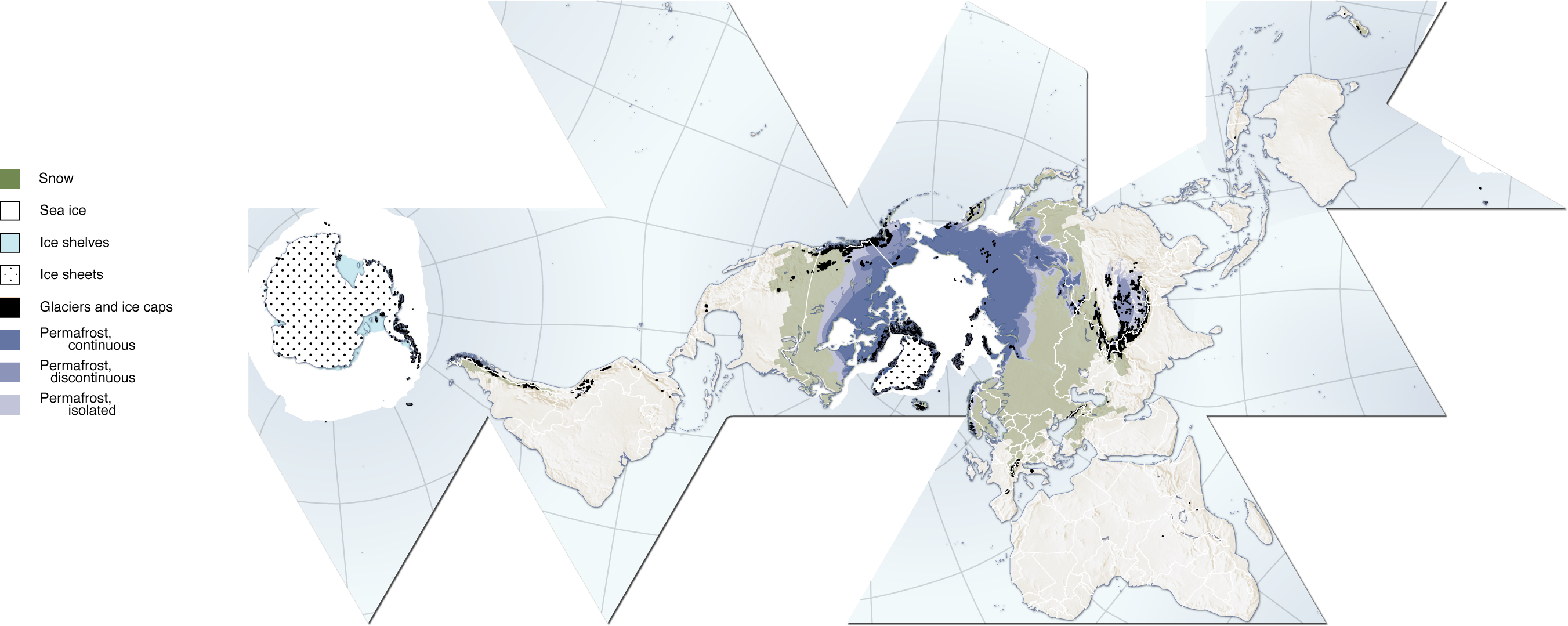 |
| Downtown Kodiak after 1964 Event from http://www.tanignak.com/Tidal%20Wave%20Memories%201964.htm |
In 1964 the village of Old Harbor was almost obliterated when the Great Alaskan Quake hit. The church was left without a drop of water inside but the rest of the town was demolished. Thankfully, the entire village survived with no causalities. This is a week of activities to educate the students and community on the threat of tsunamis and helping us all think about being prepared.
 |
| Satellite of Old Harbor from ATEP website and Google Earth. |
Objective:
Students will be able to tell a story about a Tsunami in Alaska, explain the science behind a tsunami and make a disaster plan by the end of the week.
The community will share stories of past experiences with Tsunami and help the students prepare for a future disaster.
 | ||
| Kodiak before the 1964 Event from http://www.drgeorgepc.com/Tsunami1964GreatGulf.html |
 | |
| Kodiak after the 1964 Event from http://www.drgeorgepc.com/Tsunami1964GreatGulf.html |
Overview:
As a joint school and community effort, the village of Old Harbor will spend a week remembering the 1964 Tsunami and preparing for future disasters. This year the focus will be on preserving the stories of survivors. Each day of the week will have a topic which will lead to activities within the classroom. The culminating event will be a village wide Tsunami drill and reflections from the students. For the first year of this hopefully annual event, the activities will be divided into Elementary and Secondary Activities. In future years, the hope is to create 4 levels of activities to build upon prior experiences. The activities should take approximately 30 minutes.
Daily Warm-Up:
Students will meet a survivor from the 1964 Event and listen to their story. Secondary students will record the meeting on video and follow up with an interview. Students will share pictures gathered from their families that show the before and after 1964. Pictures will be put in a display for the community to view.
Activities:
Day 1: What is a Tsunami
Elementary: Watch and listen to "Tsunami Story" in Alutiiq and in English. Students will begin a brainstorm on Tsunamis. (Upper Elementary students will start reading "The Big Wave" by Pearl S. Buck.
Secondary: Watch the video "Ocean Fury". Students will discuss what they already know about Tsunamis.
Day 2: History of Tsunamis in Alaska
Elementary: Complete the Aluetian Legends Activity from the ATEP website.
Secondary: Students will use the internet to research Tsunamis and Earthquakes in Alaska. Each team will create a visual project for the school time line. Introduce activity by showing Alaska Tsunami from Teacher's Domain. Students can also go to The Pacific Tsunami Museum to hear stories form survivors.
Day 3: Science of Tsunamis
Elementary: Watch the Tsunami Education Video from YouTube. After the video have students simulate a mini Tsunami in the classroom by using the Dynamic Earth lesson plan from Discovery Education.
Secondary: Anatomy of a Tsunami from Teacher's Domain will give students in introduction to the various aspects of a Tsunami. Physics of Tsunamis is a reading that will help them understand the motion of the wave. Show the ATEP multimedia Generation of Tsunami by Subduction Zone Earthquake to help student visualize the wave.
Day 4: Preparing for a Tsunami
Elementary: Read the Tsuanmi Warning Book from the NOAA. Then brainstorm things they would need to bring in the event of a tsunami.
Secondary: Read Surviving a Tsunami - Lessons from Chili, Hawaii and Japan. Create a disaster plan for your family. Give students the booklet Are you prepared for the next big Earthquake in Alaska?
from the ATEP website.
Day 5: Surviving a Tsunami - Community wide Tsunami drill with sirens
Elementary: Read "Tsunami: Helping Each Other" from Millbrook press. Then give the student Tommy Tsunami coloring book from the West Coast Tsunami Warning Center in the books and brochures link.
Secondary: Have student share their family plans and brainstorm ways they can help the community. Play the Get to High Ground game from the ATEP website.
Resources:
There are many resources on tsunamis but the following were the most useful to me outside of the Explore Alaska Blog.





